View all Standards for Georgia Performance Standards OLD 2010 - Theatre Arts
TAHSTLI.3 Acting by developing, communicating, and sustaining roles within a variety of situations and environments
a. Analyzes the character relationships
b. Compares and analyzes the character interaction and motivation
c. Examines the character role and significance to the meaning of the play
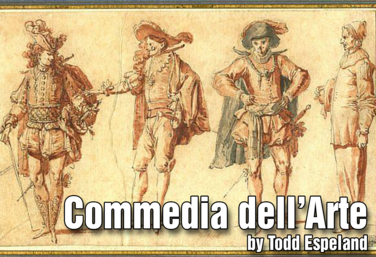
Commedia dell'Arte
by Todd Espeland
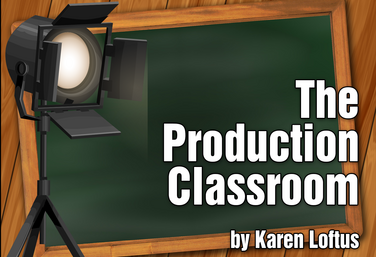
Part of the Production Classroom Units Curriculum
Production Classroom Units Overview
by Karen Loftus

Part of the Production Classroom Units Curriculum
Part One - Pre-Production
by Karen Loftus

Part of the Production Classroom Units Curriculum
Part Two - Rehearsal and Performance
by Karen Loftus

Part of the Production Classroom Units Curriculum
Part Two - Documents
by Karen Loftus

Part of the Production Classroom Units Curriculum
Part Three - Reflection and Assessment
by Karen Loftus
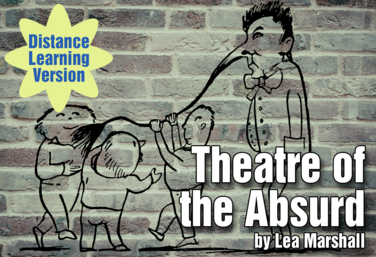.png)
Part of the Distance Learning Curriculum
Theatre of the Absurd
by Lea Marshall
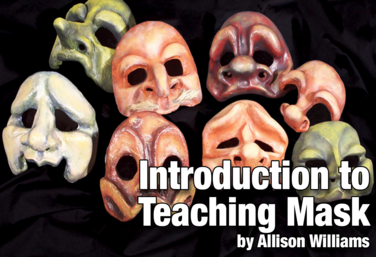
Introduction to Mask
by Allison Williams
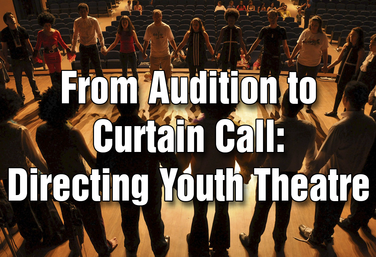
From Audition to Curtain Call: Directing Youth Theatre
by Steven Stack

Friendly Shakespeare
by Todd Espeland

Close Reading in the Drama Classroom
by Lindsay Price
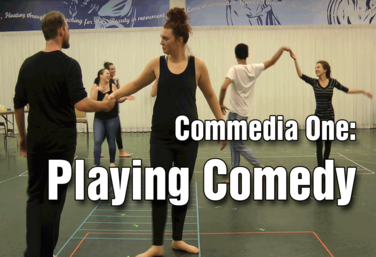
Commedia I: Playing Comedy
by Todd Espeland

The Production Classroom
by Karen Loftus
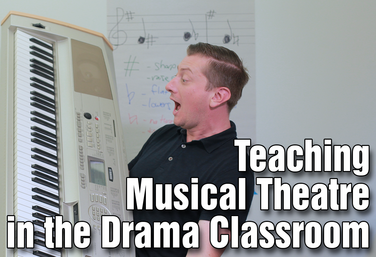
Teaching Musical Theatre in the Drama Classroom
by Colin Oliver
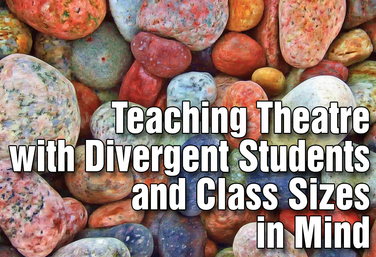
Teaching Theatre with Divergent Students and Class Sizes in Mind
by Steven Stack
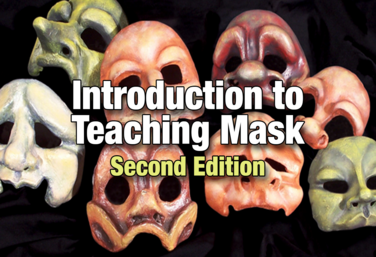
Introduction to Teaching Mask: 2nd Edition
by Allison Williams
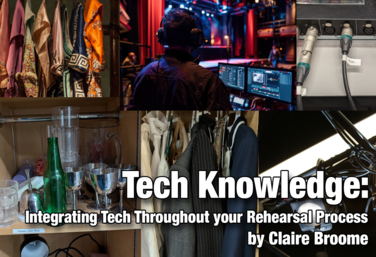
Tech Knowledge: Integrating Tech Throughout Your Rehearsal Process
by Claire Broome
View all Standards for Georgia Performance Standards OLD 2010 - Theatre Arts Standards Master List